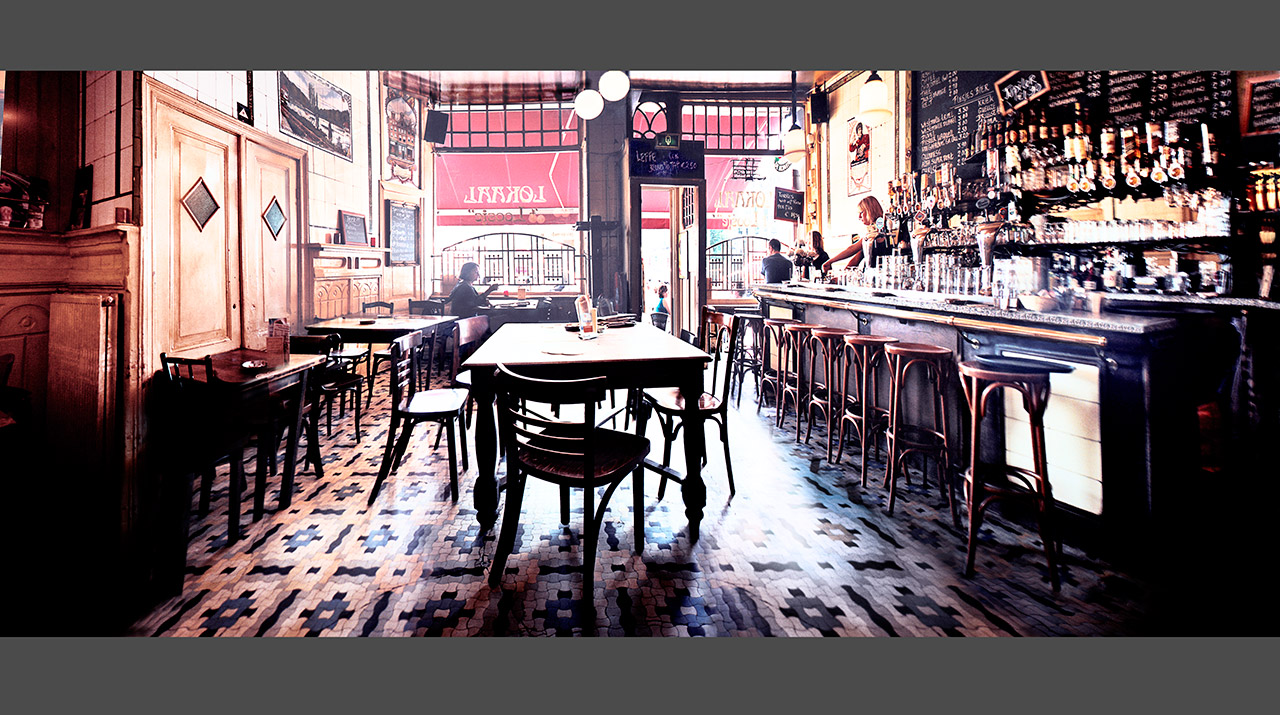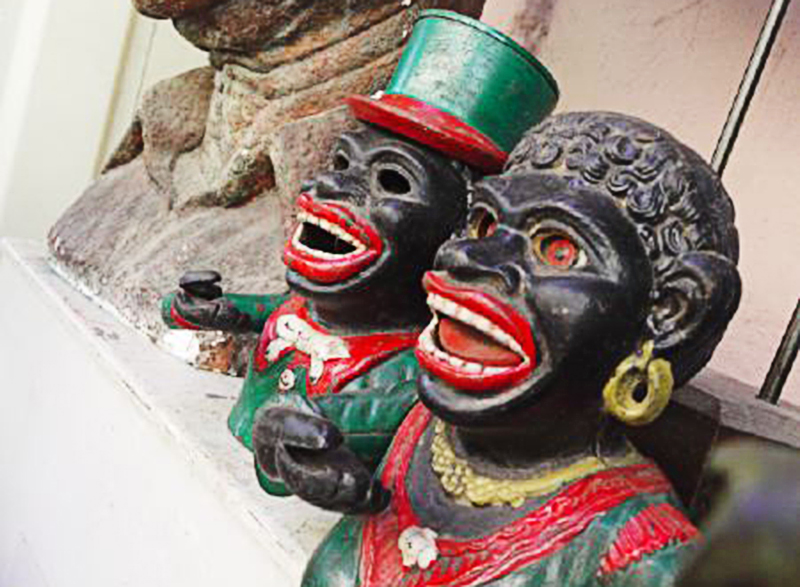The fifth and final step in my BASIC system of taking Good Pictures is Critique. It’s the ability to assess strengths and weaknesses of a pictures effectiveness to tell a story. It’s probably the most difficult photographic ability to develop.
When you look at your own pictures you remember the occasion, the sights and sounds, and what it means to you: You can’t see it objectively.
When others look at your pictures all they see are the pixels. If the picture does not tell a story, it’s a snap. If you have to explain what’s happening, it’s a snap. Good photographs always tell their own stories.
Critique
My method to Critique consists of answering three questions:
1. What’s the story?
2.What are its strengths and weaknesses?
3. Could it be improved?
Am example will make this clear. Let’s critique this picture by a student, Ephry Eder:

Q: What’s the the story?
A: A serene day at the beach. A surfer is about to leave the water.
Q: What are its strengths and weaknesses?
A: A clean composition with a strong silhouette focal point. Other silhouettes add interest.
I should feel a sense of movement, of dripping water, of the sound of wading feet, but it’s too static. I don’t feel present – I feel like like a disinterested observer, so it does not hold my interest.
Q: Could it be improved?
A: If the photographer had waited for the main character to walk past, out of the shot, (or move closer to achieve the same effect) I would feel more present and be drawn into the picture.
I’ve retouched the shot to give an impression of how it could have looked had critique been applied before it was taken:

I now feel present, as if I ‘m standing in the water and the surfer is just going to walk past me out of the shot. The picture now has more atmosphere and movement and holds my attention.
When to practice Critique
The time to practice Critique is before you take a picture, while you are taking it, and after you have taken it.
What you can clearly put into words, you can put clearly into your pictures.
Practicing Critique regularly will dramatically help you to take better pictures that tell effective stories.
The art of Critique is the art of photography.






